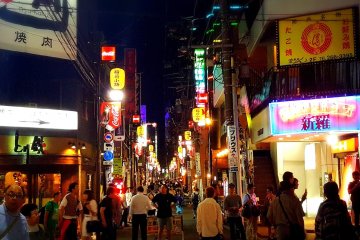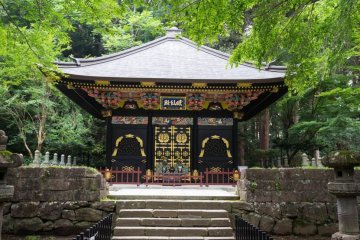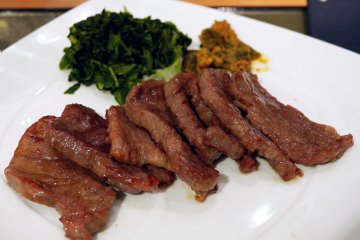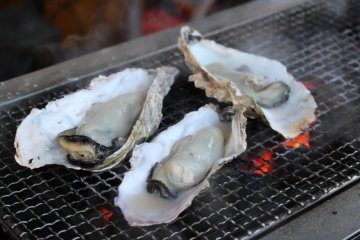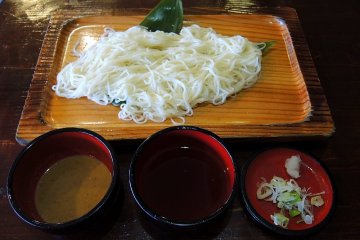Miyagi has no shortage of excellent food.
With blessings from both the land and sea, the prefecture is home to a delectable array of seafood and agricultural produce. Listed below are some of Miyagi's top eats!
Table of contents
Gyutan

Without a doubt, gyutan, or cow tongue, is one of Miyagi's most popular foods. This dish originated in the 1940s at restaurant named Tasuke in Sendai—the prefecture's capital city. Gyutan is characterized by its savory flavor and charcoal aroma and is traditionally paired with rice, soup, and dipping salts. Today, you can enjoy gyutan in a variety of ways, including gyutan don (gyutan rice bowl), gyutan yakiniku (Japanese barbecue), gyutan katsu (deep-fried gyutan), gyutan curry, and more.
Sasa Kamaboko

Sasa Kamaboko is processed white fish cake that is shaped to resemble a bamboo leaf and then grilled on a stick and eaten warm. Thanks to the roasting, Sasa Kamaboko's exterior achieves a golden and crispy texture, while the inside remains soft. In Miyagi, it is not uncommon to find small shops and stands where you can sit down for a few minutes and enjoy this tasty treat.
Zunda

Recognized by its distinctive green color, zunda is a paste made from edamame (young soy beans) and seasoned with salt and sugar. Zunda is served in a variety of dessert items, including the famous zunda mochi (mochi topped with zunda paste), zunda daifuku (mochi filled with zunda), zunda manju (small steam buns filled with zunda), and much more! If you are in Sendai, be sure to visit Kokubuncho as it is one of the best neighborhoods to pursue a large variety of gourmet zunda selections.
Oysters

Miyagi is one of the second largest producers of oysters in Japan and unsurprisingly, is home to some of the country's freshest and most delicious oysters. You can enjoy these oysters raw, grilled, steamed, fried, or in a hotpot! Aside from their unparalleled freshness, the oysters are also renowned for their large size, rich flavor, and subtle essence of the sea. In Miyagi, oyster season is typically from October to March.
Harako-meshi

If you are a fan of salmon, harako-meshi is the dish for you. This dish is traditionally from the Watari area and features tender salmon and roe over rice that has been boiled in flavored salmon broth. Each component of the dish enhances the other, creating depth of flavor in every bite. The best time to eat harako-meshi is from September to November when fresh autumn salmon is available.
Shiroishi Umen

Shiroishi Umen are 9-10cm long, wheat noodles from the southern city of Shiroishi. The regional delicacy originated when a monk taught a child how to make easily digestible noodles without oil for the child's sick father. You can enjoy the light, soft-texture noodles both hot and cold, and they are typically served with dashi soup. The refreshing meal is perfect for summer!
Seri Nabe

Seri Nabe is a hotpot dish centered around Japanese parsley, called seri. This aromatic herb has a bitter, celery-like flavor and adds distinct vegetal notes to the warm dish. Seri Nabe is typically enjoyed from winter to spring and apart from seri, is often filled with meat and other vegetables. Each part of seri is edible and offers different tastes and textures.




